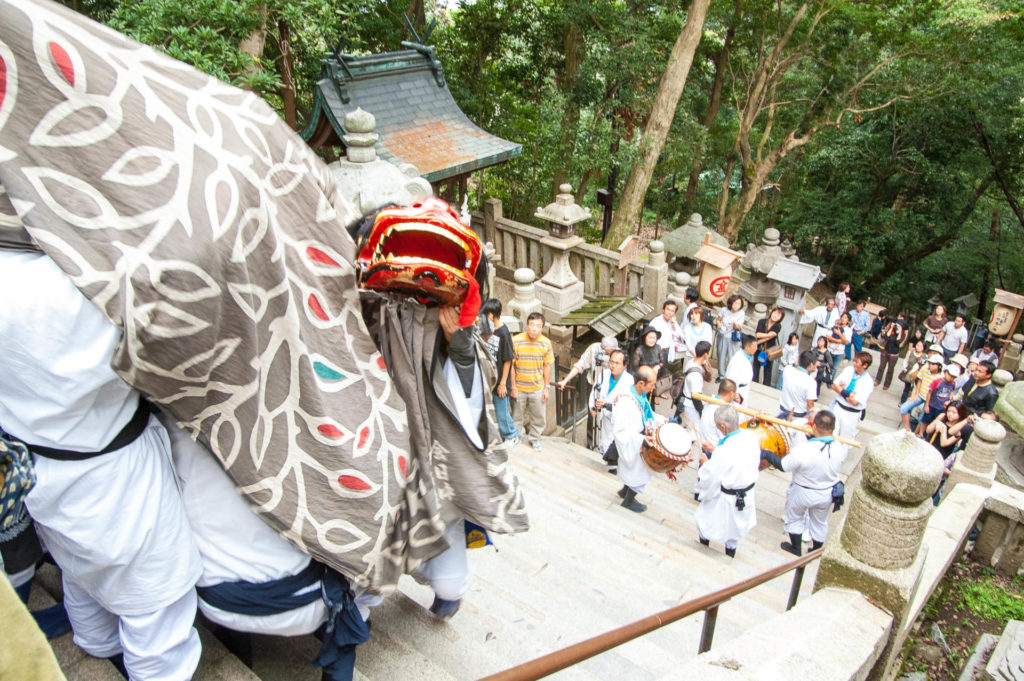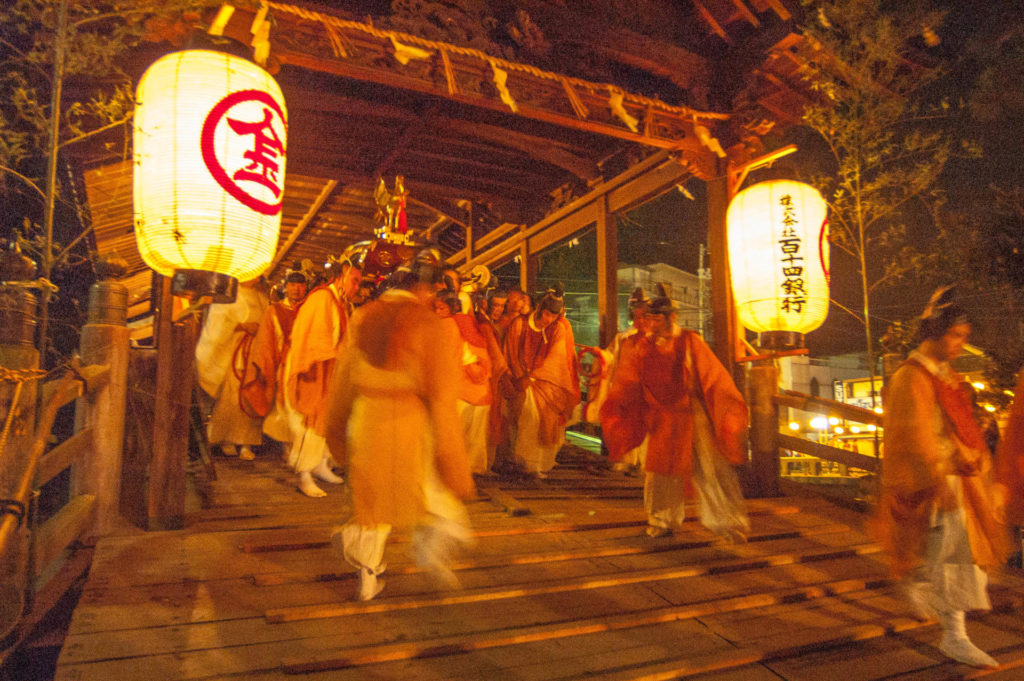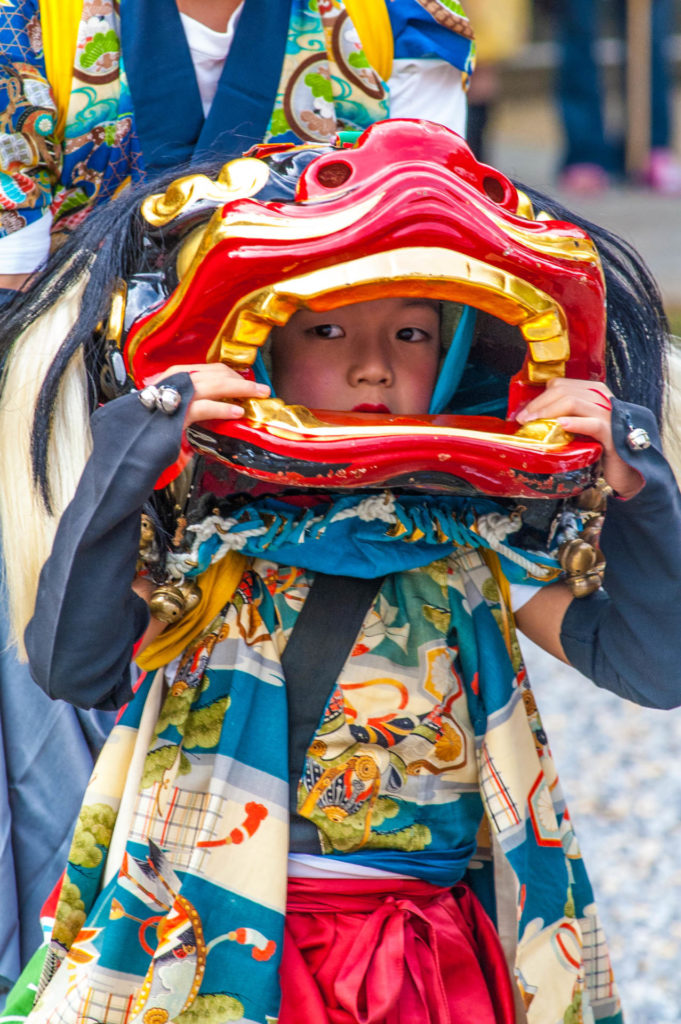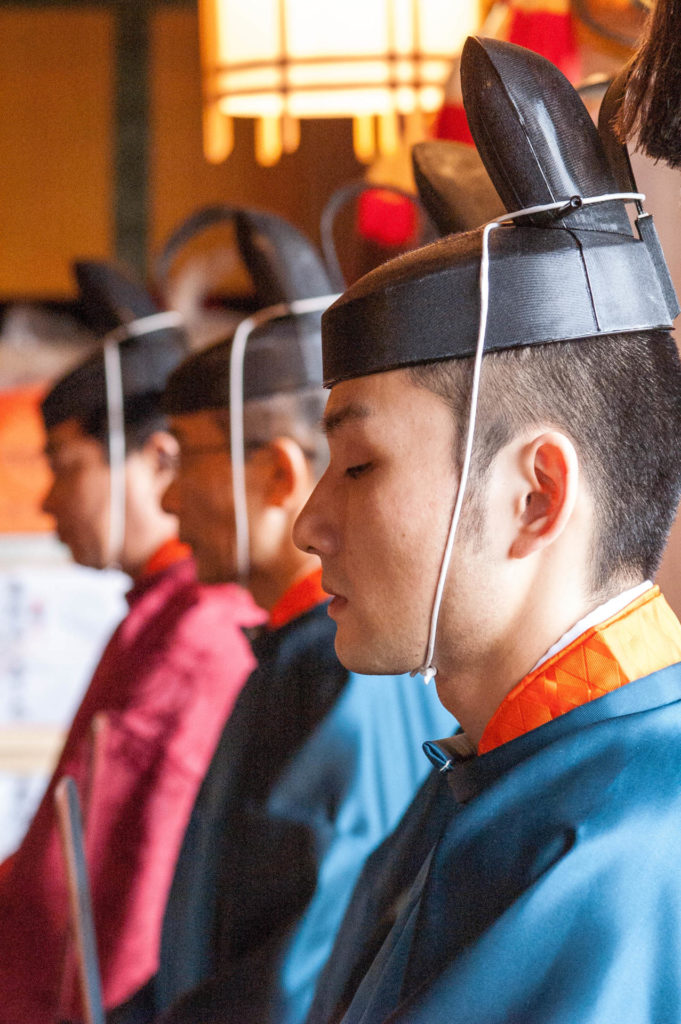Affectionately known as “Konpira-san,” Kagawa’s Kotohira-gu Shrine is believed to be one of Japan’s power spots and home to a god that protects sailors. Curious travelers who climb the 1,368 steps arrive at a sacred place touched by both Shintoism and Buddhism.

On the wooded slopes of Mt. Zozu sits a shrine where one can experience both the purity and sanctity of Shintoism and the hope of Buddhism. It is a place to commune with nature, and if you dare, look inwardly.
The journey to Kotohira-gu, a shrine in the Kotohira Region of Kagawa Prefecture, involves a long, enjoyable approach from Kotohira Station flanked by shops selling local goodies such as sanuki udon and soy-flavored ice cream, as well as locally made figures and trinkets, charms and talismans.
This leisurely stroll is followed by a fairly arduous climb; in fact many give up after completing the 785 steps to the main shrine. Commonly called “Konpira-san,” the shrine was formally a place to celebrate both religions until the Meiji Period when it was officially declared as a place of Shinto worship. However, elements of both religions linger and can still be savored in the aesthetics and the architecture. The guardian deity for navigation and fishing resides here.
Between the entrance and the main hall, there are plenty of distractions including smaller shrines and a museum that will keep you occupied if you need a break. Soldier on though and you’ll be rewarded with an open courtyard surrounded by Buddhist-style halls complete with an open-air Noh stage and a pleasing breeze.
To the left of the entrance to the main hall is a kind of outdoor gallery displaying ema (pictures) of ships and space rockets which were offered to the god in the hopes of protection while fishing or undertaking sea and space voyages. In keeping with the maritime theme, there is even a mini-sub on display within view of the main shrine.
Walk the remaining 583 steps to the okusha (inner shrine), and you’ll enjoy pristine views of the local area and get a peek at the stone carvings of tengu (a kind of demon) adorning a small cliff face. While today’s image of tengu looks like a human with an exceptionally long nose, originally they were believed to be shape changers, mimicking birds of prey. Their eyes sat on the side of their face rather than the front, so they could see in any direction.
They were considered harbingers of war not unlike crows, and ancient Buddhists depicted them as evil and believed they not only encouraged war, but also hung around the battlefield feasting on the wounded and dead. Their image softened over time into creatures with superhuman strength that protected the forests and the mountains. They are believed to be based on a similar dog-like creature appearing in Chinese mythology.
Just off to the right of the shrine’s main entrance is a path leading to Kanamaru-za Theater, Japan’s oldest surviving kabuki playhouse. It was originally constructed in 1835 and is still home to kabuki for at least one month a year (April). Prior to that, the land where it now sits frequently hosted small makeshift theaters and lottery halls. The local geisha community raised the necessary funds and built the current theater to look like a popular theater in Osaka.
The theater fell into disrepair before becoming recognized as an Important Cultural Property in 1970, after which it was restored to its former glory. It’s now open to the public when not in use, and not only can you enjoy the ornately decorated hall, but you also have the opportunity to look under the rotating stage and see how it works. The Juichimen-Kannon (an 11-faced statue of a standing goddess of mercy), also resides in Kotohira-gu and has been designated an Important Cultural Property by the Japanese government.
The highlight of this journey however is the Annual Grand Festival (Omiyuki Festival) held Oct. 9-11. Tens of thousands of onlookers flock there on the night of the 10th, when 500 participants carry a mikoshi (portable shrine) two kilometers to the Otabisho, a kind of outer shrine, where it is housed for a day or two. Spectators get a roaring show as the shrine is carried down 785 steps in a single dash.
Spear bearers, part of the procession following the shrine, inspire awe as they toss tall halberds between each other. Considering this takes place in the dark, it is no mean feat.
On the other days of the festival, we were entertained with lion dancers from Inabari, Ehime Prefecture, who performed in front of the main shrine before making their way precariously down the steps accompanied by taiko drummers and other dancers.
The participants showed great skill and acrobatic prowess as they balanced themselves on each other’s shoulders two or three people high while the child standing atop performs with either a sword or fan to the accompaniment of rhythmic drumming.
Inside the main hall, priests in traditional costumes offered prayers to the haunting sounds of Shinto’s mikagura or “god music.”
For those who decide living large is more their thing, you could always pay for somebody to carry you up. Palanquins are available for hire at ¥5,300 one-way or ¥6,500 return. They’ll take you up as far as the main shrine.
For many Japanese, Konpira-san is one of the nation’s great power spots.Even if you aren’t swayed by any particular religious ideology, it is hard not to become enamored by the shrine’s charm and the peace and quiet of the surrounding forest.
While the local evergreens might not be as hypnotic as autumn’s usual palette, the respite they offer from the usual hubbub of life might be just the ticket for recharging the batteries and preparing for the chilly months ahead.

ESSENTIALS
The walk from the station (JR Kotohira and Kotoden Kotohira) is 10 to 15 minutes along an easy-to-follow route. Buses depart from the stations hourly and can take you up as far as the main gate which will give you a few less steps to climb. The fare is ¥500 yen one-way and reservations are required. Tel: (0877) 73-2221 (Japanese only).
From Tokyo or Osaka take the Shinkansen to Okayama and then change to the Nanpu 25 Limited Express bound for Kotohira. Admission to the Kanamaruza Theater is ¥500 and it is open from 9 a.m. to 5 p.m.






